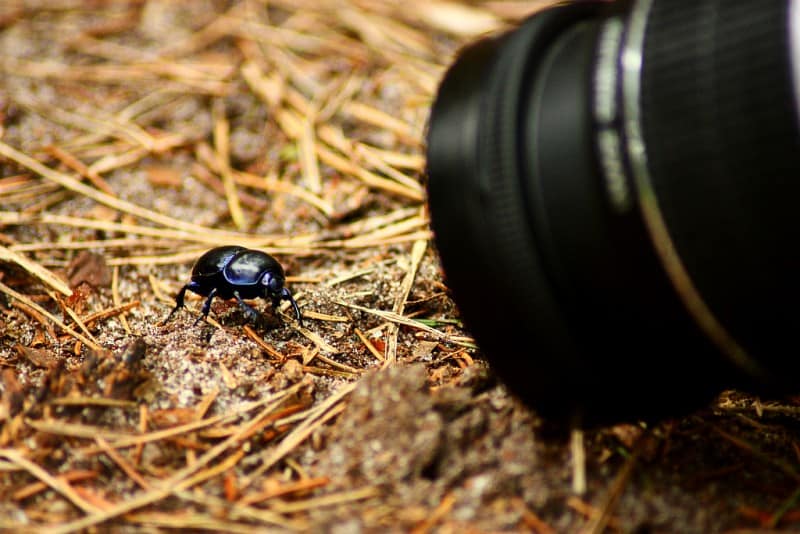Last Updated on January 13, 2019
With macro photography, everything is magnified. It allows you to clearly showcase details, patterns, and textures more effectively. Bugs are usually the subjects of this kind of photography, but beautiful photos can still be taken using other subjects.
 Subjects for Macro Photography
Subjects for Macro Photography
No one is stopping you from taking macro photographs of bugs. They make one of the easiest subjects to capture because they can be found just about anywhere. Plus, there is a variety of them. But there are others that make compelling macro photography subjects, such as:
- flowers – they come in all sorts of shapes and sizes with different colors, patterns, and textures
- people – each human body is different, from eye color, eyelash length, face wrinkles, cheek dimples, and so much more
- food – there are different shapes and textures, be it raw ingredients or a finished product
Tips for Macro Photography
You don’t need the most expensive gear to start with macro photography. While your life will definitely be made easier with a macro lens, you don’t actually need to have one.
A lens that has a long enough focal length and short minimum focus distance will work fine. While it won’t yield a true macro, it still allows you to showcase details about your subject.
You will also be greatly helped by a tripod, especially if using a telephoto lens or using a long shutter speed.
That said, here’s how to get good macro photographs:
Know your subjects. This is particularly relevant when shooting bugs. In order to take photos of them, you need to know where they are found. Learning behavior helps as well, especially for flying insects.
- Get close. This allows you to capture the many fascinating aspects of your subject that can’t be seen clearly with just the naked eye. For instance, you can focus on an insect’s eyes, legs, and body.
- Take notice of the background. If taking photographs of bugs in the “wild,” pay attention to the background color. Keep in mind that you are drawing an audience to the subject and as such, the background “noise” should be as minimal as possible.
On the other hand, it helps to use simple colored backgrounds when shooting bugs indoors. It’s a good way to experiment with color and contrast.
- Experiment with aperture. Using a small aperture allows you to capture both your subject and its environment. However, there is a slight issue as small apertures don’t let it a lot of light. This means you might have to use flash to get a good shot of your subject.
On the other hand, you can make your subject the sole focus of the photograph by increasing the aperture.
- Shoot in RAW. Using RAW captures a lot of detail which allows you to make a number of changes in post production.
- Use a low ISO. While a lot of cameras these days can effectively handle noise even with a bumped up ISO, it’s still best to start low then increase accordingly.
- Switch to manual focus. Auto focus won’t work as effectively when you’re too close to your subject.
Macro photography allows you to highlight the more interesting aspects of a subject not immediately seen by the naked eye. Keep these tips in mind as you practice and get better at taking macro images.
 Subjects for Macro Photography
Subjects for Macro Photography Know your subjects. This is particularly relevant when shooting bugs. In order to take photos of them, you need to know where they are found. Learning behavior helps as well, especially for flying insects.
Know your subjects. This is particularly relevant when shooting bugs. In order to take photos of them, you need to know where they are found. Learning behavior helps as well, especially for flying insects.

